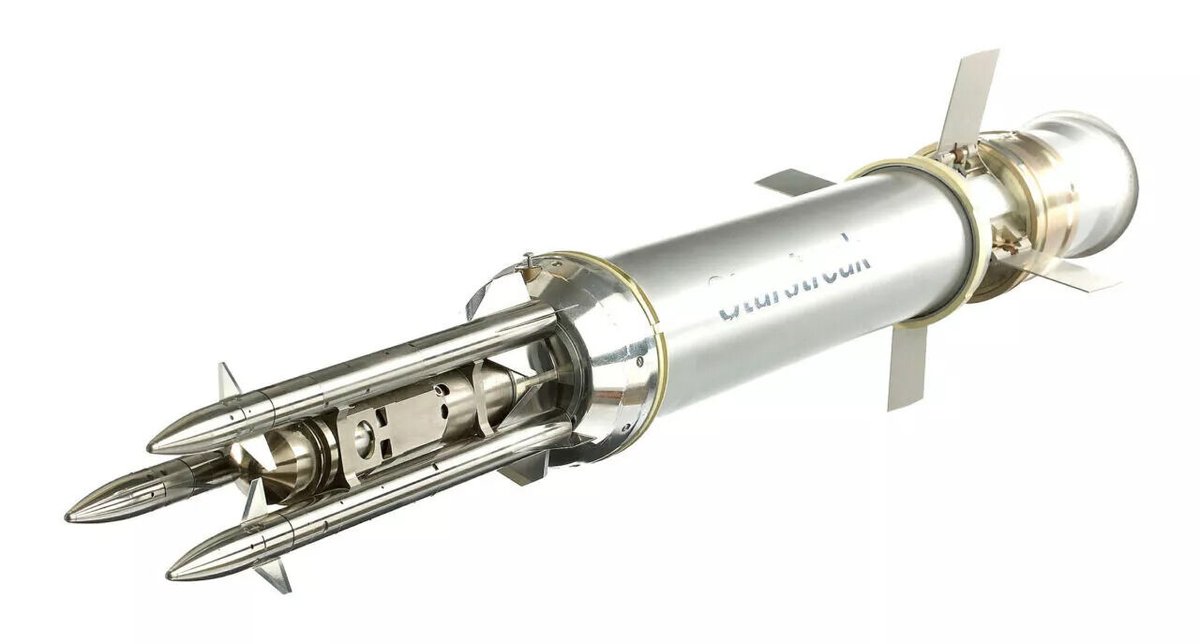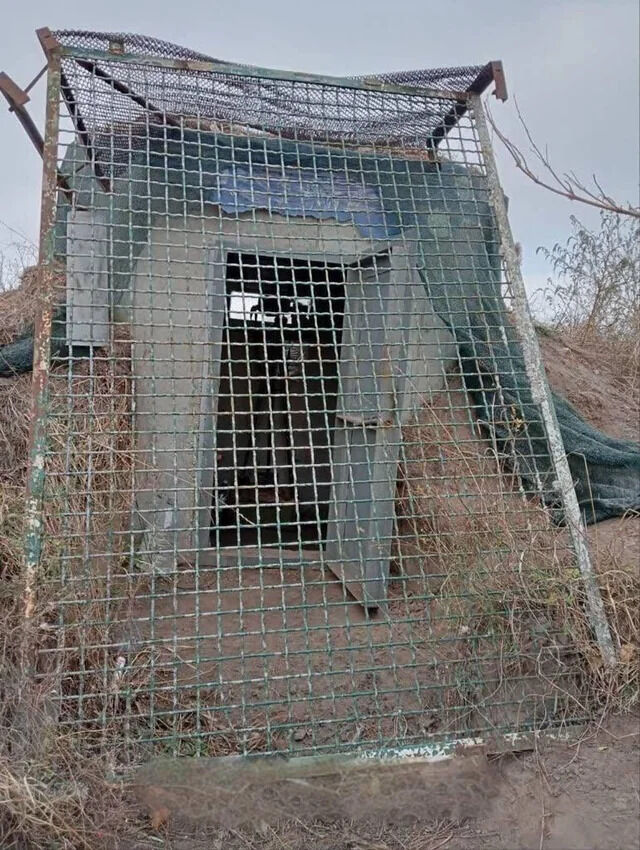
How to get URL link on X (Twitter) App


 Starstreak High-Velocity Missile was designed to provide close air defence against conventional air threats such as fixed-wing fighters and late unmasking helicopter targets. The British Army describes the Starstreak High-Velocity Missile (HVM) as;
Starstreak High-Velocity Missile was designed to provide close air defence against conventional air threats such as fixed-wing fighters and late unmasking helicopter targets. The British Army describes the Starstreak High-Velocity Missile (HVM) as; 

 June 6, 1944, D-Day, marked the Allied invasion of Normandy, but the real challenge was sustaining the advance. Fuel was critical—tanks, trucks, and planes guzzled it. Without steady supply, the liberation of Europe would stall.
June 6, 1944, D-Day, marked the Allied invasion of Normandy, but the real challenge was sustaining the advance. Fuel was critical—tanks, trucks, and planes guzzled it. Without steady supply, the liberation of Europe would stall.

 This is one of those recurring themes that people love to discuss, whether they think it is a yes or a no, and they remain convinced that there are either mountains of evidence, or none. People also assume that no one has ever actually looked
This is one of those recurring themes that people love to discuss, whether they think it is a yes or a no, and they remain convinced that there are either mountains of evidence, or none. People also assume that no one has ever actually looked

 We have a system in limited service, it is British made, the RM have limited over the horizon capabilities, it can do 45kg at 8km range, or trade payload fir more range. Seems quite a low friction way to increase lethality at low cost
We have a system in limited service, it is British made, the RM have limited over the horizon capabilities, it can do 45kg at 8km range, or trade payload fir more range. Seems quite a low friction way to increase lethality at low cost

 The history of the Meteor Beyond Visual Range Air to Air Missile (BVRAAM) dates back to the early nineties, with the requirement to replace the Skyflash AAM on the Eurofighter 2000. Staff Requirement (Air) 1239 was planned to be operational by the year 2000.
The history of the Meteor Beyond Visual Range Air to Air Missile (BVRAAM) dates back to the early nineties, with the requirement to replace the Skyflash AAM on the Eurofighter 2000. Staff Requirement (Air) 1239 was planned to be operational by the year 2000. 

 We have all seen the images of vehicle counter UAS dropped munitions and FVP cages, and to some extent, the same evolution has happened for fixed field defences. Simple cam nets have been augmented with stronger mesh
We have all seen the images of vehicle counter UAS dropped munitions and FVP cages, and to some extent, the same evolution has happened for fixed field defences. Simple cam nets have been augmented with stronger mesh 

 Water supply and distribution is, self-evidently, essential. Distribution is, especially, a difficult challenge. Water cannot be compressed, it is not self containing, is heavy, and can be challenging to move in bulk because of movement in the tank causing stability issues
Water supply and distribution is, self-evidently, essential. Distribution is, especially, a difficult challenge. Water cannot be compressed, it is not self containing, is heavy, and can be challenging to move in bulk because of movement in the tank causing stability issues

 It meets the required strength and performance characteristics, a given perhaps, but still important to note. It is slighter larger to accommodate the bulkier soldier of the modern era (body armour and load carriage etc)
It meets the required strength and performance characteristics, a given perhaps, but still important to note. It is slighter larger to accommodate the bulkier soldier of the modern era (body armour and load carriage etc)

 The history of NLAW starts with the weapon it was intended to replace, the LAW 80. LAW-80 was designed with a 94 mm diameter warhead and included a spotting rifle and a five-round magazine that fired ammunition ballistically matched to the main round.
The history of NLAW starts with the weapon it was intended to replace, the LAW 80. LAW-80 was designed with a 94 mm diameter warhead and included a spotting rifle and a five-round magazine that fired ammunition ballistically matched to the main round. 